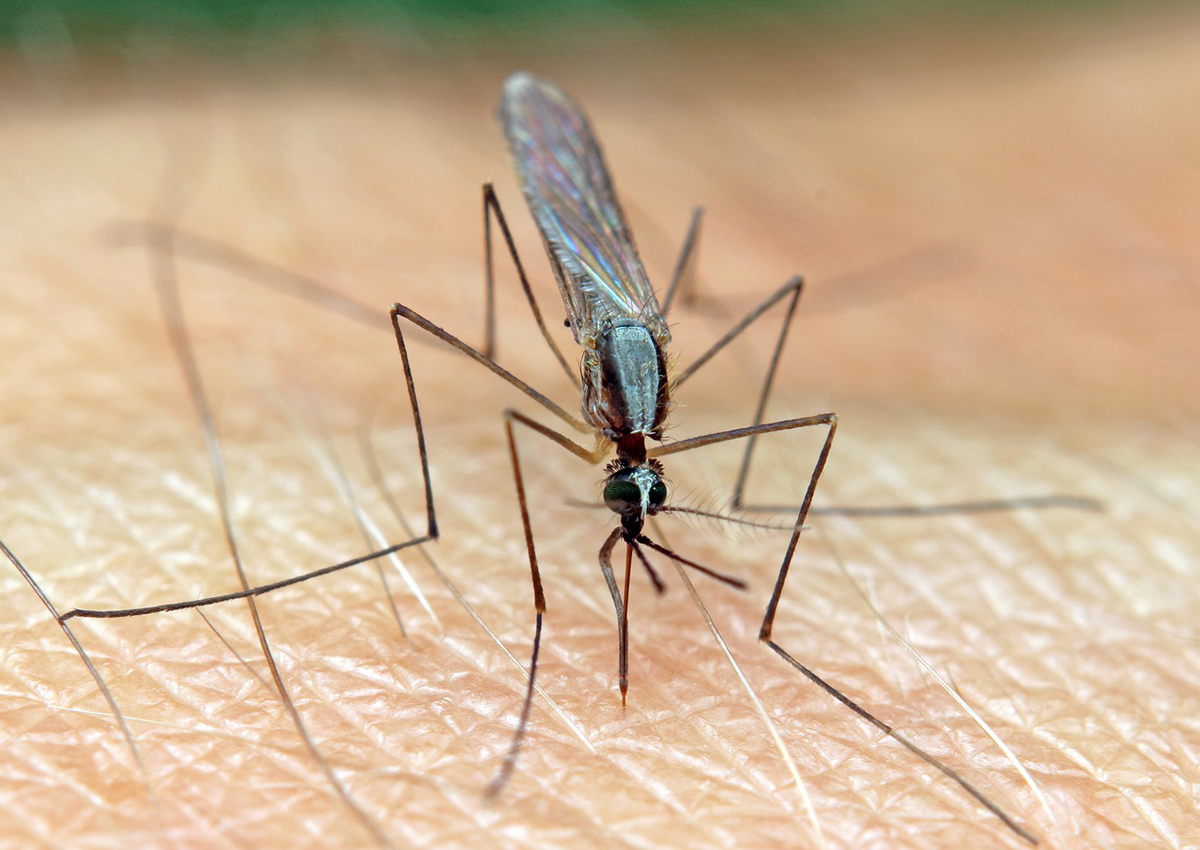Fighting Malaria with Modified Mosquitoes
| |
The fight against malaria has seen impressive accomplishments in the last two decades. It has helped avert more than 7 million deaths and 1.5 billion cases of the disease. Nevertheless, progress has stalled in recent years and malaria remains a public health threat, particularly in the African region, which accounted for over 90% of malaria cases and deaths in 2021, according to the latest World Malaria Report.
Emerging challenges such as the spread of insecticide and antimalarial drug resistance have demonstrated the need for new approaches to control the disease. One of the novel interventions being considered focuses on targeting the mosquitoes responsible for malaria transmission through the use of genetic modification. A recently published article in the journal Nature looks at the history, evolution and current status of research to develop genetically modified mosquitoes to control malaria.&

Research to investigate whether part of the solution to the problem of malaria could lie in modifying the genome of the Anopheles mosquito – the primary vector of human malaria – has seen great progress in recent years. Since the 1950s, researchers have experimented with different methods, such as the use of radiation to make male mosquitoes sterile – the aim is to make the mosquitoes unable to reproduce in the wild and thereby reduce the number of disease vectors – as well as other more targeted molecular approaches to reduce the number of disease-carrying mosquitoes.
However, one of the main limitations of these interventions is that they are typically only temporary. Over generations, the modification transmitted will disappear from the mosquito population. This is because when a modified mosquito mates with a wild mosquito, only about half of its offspring will inherit the modification.
Enter gene drive technology, which works by significantly increasing the likelihood that a selected trait will be inherited. The advent of CRISPR-Cas9 genome editing in 2012 paved the way for this technology to be developed, by enabling scientists to precisely insert genetic sequences into genomes.

Today, scientists worldwide are working to develop gene drive mosquitoes as a potential tool for the control of malaria. One of the approaches being investigated is population suppression. This method aims to reduce the population of malaria-transmitting mosquitoes and could work by targeting genes that affect the mosquito’s ability to reproduce, or by skewing the female-to-male ratio so that eventually there are not enough females to sustain the population. This approach is for example being investigated by not-for-profit research consortium Target Malaria.
Gene drives for population replacement are also being explored. They are designed to spread a modification that impairs the mosquito’s ability to transmit malaria and thus overtime work by permanently introducing a new mosquito into the population. This approach is being explored by scientists at global malaria research program Transmission Zero, as well as by not-for-profit research collaborative the University of California Malaria Initiative (UCMI).
The potential use of gene drive technologies is a topic of growing interest. Gene drive mosquitoes could complement the existing toolbox and be a valuable new strategy to fight malaria and help eliminate its enormous health, social and economic burden. With new research raising the prospect of the use of gene drives for malaria control, laying the necessary groundwork for potential future releases will be essential. Part of this is making sure that local stakeholders such as communities affected by malaria and could benefit from this technology in the future understand it and make informed decisions.
Read the full article here.
| Newer Post | Archive | Older Post |
Science Speaks is ISAAA Inc.'s official blog. Weekly blog articles, authored by ISAAA writers, partners, and invited contributors, aim to help share, disseminate, and promote scientific knowledge and its vital role in achieving global agricultural sustainability and development. Your support to Science Speaks will help us achieve this goal. You can help us by donating as little as $10.

